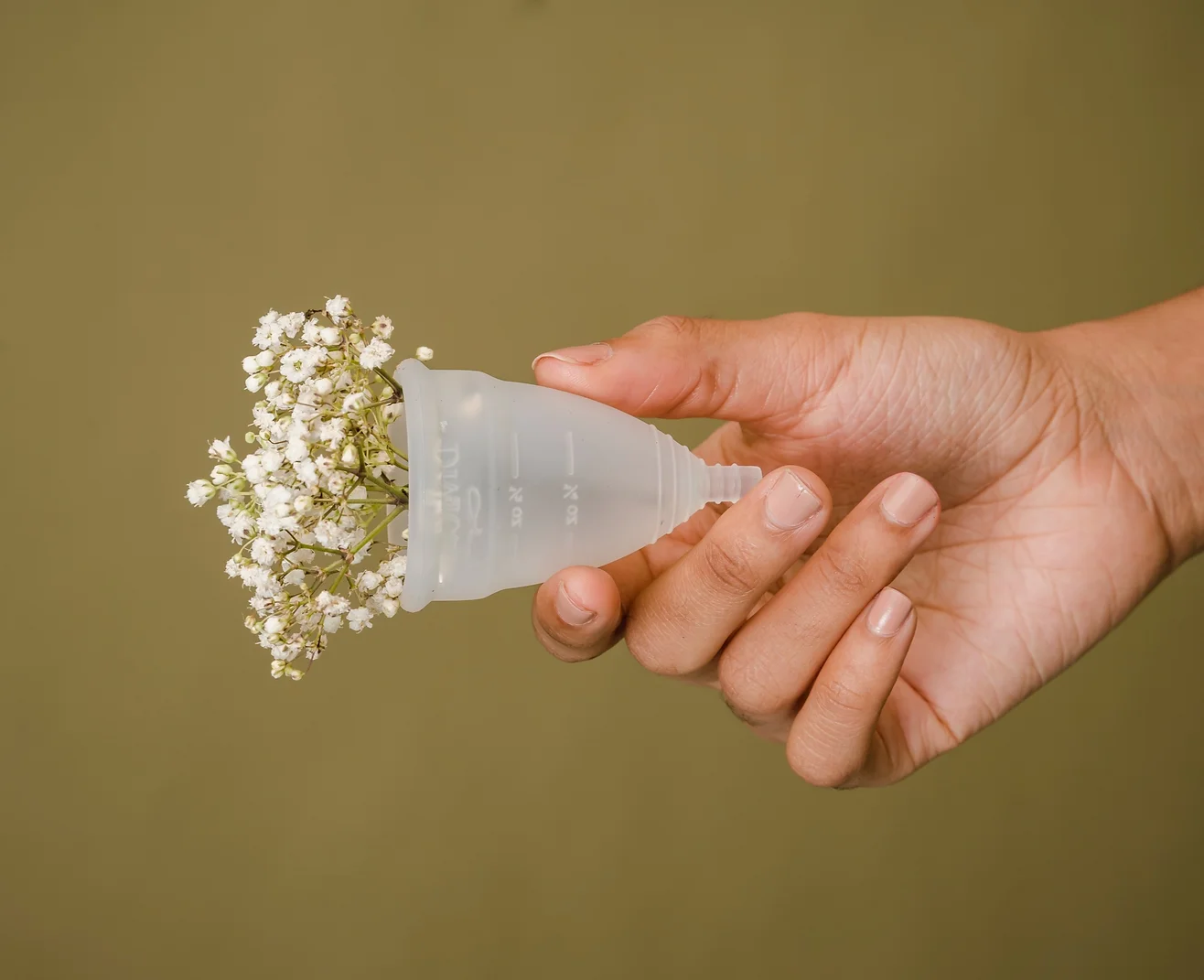Gonorrhea is a sexually transmitted disease caused by a bacterium called Neisseria Gonnorhea and can cause Genital warts.

Moist and warm parts of the body are more prone to infection in both males and females.
It occurs due to unsafe sexual intercourse without the use of a condom or any other barrier.
Areas more at risk of infection include the rectum, urethra, eyes, throat, and cervix in
females(Healthline, 2020).
Immediate treatment is essential to prevent the spread of bacteria after detecting possible symptoms.
Symptoms
Symptoms start showing after 2-14 days after contact with the infected person.
Some individuals might not display any signs, but they can still spread Gonorrhea to their partners as they are asymptomatic carriers (Healthline, 2020).
Some common symptoms in male genitals are (Mayo Clinic, 2019)
· Painful and increased urination
· Excretion of yellowish or greenish pus from the tip of the penis
· Swelling or discomfort in one or both testicles
Some common symptoms in female genitals are:
· Painful urination
· Increased bleeding during and after periods
· Abdominal or pelvic pain
Implications for men
If Gonorrhea is left untreated in men, it can lead to epididymitis, which is the epididymis’s inflammation.
The epididymis is a duct that supplies sperms and is located at the back of the testicles.
It can also lead to infertility (Centers for Disease Control and Prevention [CDC], Gonorrhea- CDC Fact Sheet, 2021).
Implications for women
Women don’t get off the hook easily, either.
Tubal scarring and infertility are the significant consequences of gonococcal infection in females.
Studies indicate that even after clinical and microbiological treatments, women’s infertility rates are 13% after the first attack of Pelvic Inflammatory Disease (PID) (Morris, 2020).
Neonatal Conjunctivitis During pregnancy, Gonorrhea can lead to premature delivery, miscarriage, and the baby being infected with conjunctivitis (infection of the eye) at birth.
There is also the danger of ectopic pregnancy when the fertilized egg gets erroneously implanted in one of the fallopian ducts instead of the womb.
Illustration by CDC/ J. Pledger, taken from the Public Health Image Library of the Centers for Disease Control and Prevention.
Smokers and secondhand smokers are also at a high risk of contracting Gonorrhea because tobacco smoke exposure increases the chance of falling victim to respiratory illnesses and sexually transmitted diseases.
Tobacco smoke lowers the function of the white blood cells like B and T cells by comprising their mechanism, which decreases their efficiency to prevent infection.
This weakened defense system leads to many chronic diseases (Bagaitkar, Demuth, & Scott, 2008).
Moreover, Gonorrhea also infects skin tissues which become painful, swollen, and itchy. Herein, we will discuss skin problems resulting from Gonorrhea.
Disseminated gonococcal infection (DGI):
starts with fever while gradually progressing towards migratory pain, swelling joints and skin lacerations on the legs or arms.
Some patients have swollen or reddened tendons (wrist or ankle); others have skin lesion which is red, painful and often pustular (Morris, 2020).
Gonococcal septic arthritis:
this variant of DGI induces arthritis where the joints are filled with fluid.
This painful condition limits movement due to swollen and reddened joints and numb overlying skin (Morris, 2020).
Illustration by Dr. S. E. Thompson and J. Pledger taken from the Public Health Image Library of the Centers for Disease Control and Prevention.
Young adults and African Americans are more prone to contracting Gonorrhea by engaging in risky behavior.
Diagnosis
Gonorrhea can be diagnosed via microscopic examination by opting for Gram stain, nucleic acid test (NAATs) or blood culture, genital excretions, or fluid in the joint (Morris, 2020).
Gram stain:this test is used explicitly for men ejecting urethral discharge. This test is not used for catching infections in the cervix, rectum, and pharynx as it is not sensitive enough for assessing the occurrence of disease at these sites.
Culture:this is a more accurate and reliable test, but the swab needs to be immediately placed on Thayer-Martin agar and taken to a carbon dioxide-rich environment because of the bacterium’s fragile nature.
Nucleic acid amplification tests (NAATs): are swabs taken from genital, rectal, or oral areas to detect Gonorrhea.
Diagnosis is only the first step towards complete and therapeutic treatment.
Treatment options
Gonorrhea can be cured with proper treatment.
Over-the-counter (OTC) medications and home remedies are not useful for treating Gonorrhea.
Some people do dabble with home remedies like garlic, apple cider vinegar, and Listerine, which are still under trial for their effectiveness.
However, they are not proven to be potent treatments. Antibiotics are given as the first line of defense to halt the spread of infection.
Antibiotics
Despite the resistance of Gonorrhea to most strains of antibiotics, they are given to slow down the transmission.
A CDC recommended 500 mg of ceftriaxone (Rocephin) should be injected intramuscularly (IM) along with oral ingestion of azithromycin (Zithromax, Zmax) or doxycycline (Vibramycin, Monodox) for people who are allergic to azithromycin (Healthline, 2020).
The imminent danger of running out of all antibiotics useful for treating Gonorrhea has left scientists scavenging for other equally effective possibilities.
Gepotidacin and moxifloxacin are two promising antimicrobial treatments; however, they are not widely available commercially.
Two hundred two participants in a study were given a combination of gentamicin 240 mg intramuscularly with 2g of azithromycin for oral intake.
The results yielded 100% success rates in treating urogenital Gonorrhea; more studies are being carried out in other groups of people (Kirkcaldy & Workowski, 2019).
Scientists are also trying to invent vaccines to prevent the occurrence and transmission of Gonorrhea.
Prevention is better than cure…
The treatments as mentioned above are essential, but averting possible health complications is better than undergoing prolonged and severe pain and distress by avoiding unsafe practices (Mayo Clinic, 2019).
· Use condom while having sexual intercourse
· Monogamous relations reduce the chances of contracting STDs significantly
· Get yourself and your partner tested before having sex.
· Go for regular check-ups.
Avoid having intimate relations during treatment until declared symptoms free by the doctor. Immediate attention and treatment are significant for leading a healthy life and creating a safe environment for those around us.
Resources:
Bagaitkar, J., Demuth, D. R., & Scott, D. A. (2008). Tobacco use increases susceptibility to bacterial infection. Tobacco induced diseases, 4(1), 12. https://doi.org/10.1186/1617-9625-4-12
Centers for Disease Control and Prevention [CDC]. (2021). Gonorrhea- CDC Fact Sheet. Retrieved February 28, 2021, from https://www.cdc.gov/std/gonorrhea/stdfact-gonorrhea-detailed.htm
Healthline. (2020). Gonorrhea. Retrieved February 28, 2021, from https://www.healthline.com/health/gonorrhea#prevention
Kirkcaldy, D. R., & Workowski, A. K. (2019). Gentamicin as an alternative treatment for Gonorrhea. Lancet, 393, 2474-2475. https://doi.org/10.1016.S0140-6736(19)30244-2
Mayo Clinic. (2019). Gonorrhea. Retrieved February 28, 2021, from https://www.mayoclinic.org/diseases-conditions/gonorrhea/symptoms-causes/syc-20351774.
Morris, R. S. (2020). Gonorrhea. Retrieved February 28, 2021, from https://www.merckmanuals.com/professional/infectious-diseases/sexually-transmitted-diseases-stds/gonorrhea

